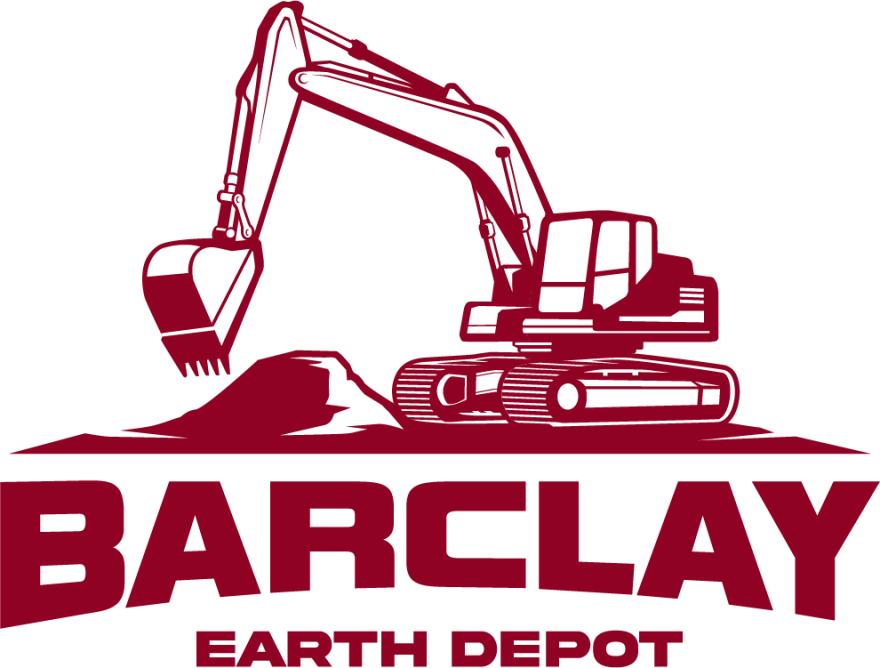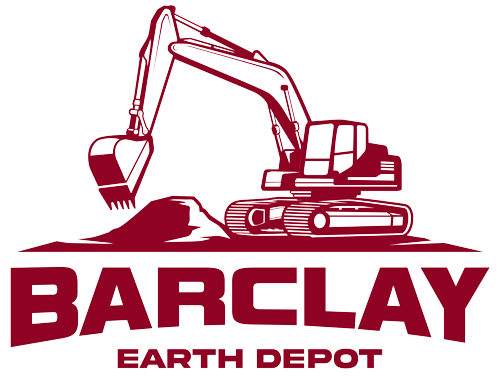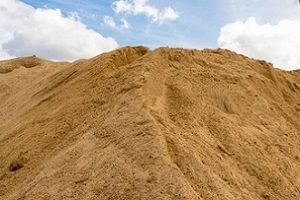 Outdoor projects can quickly become expansive; what you thought was just a small hole in need of filling could turn into an entire yard leveling project. For this and many other tasks around your home or business, fill dirt plays a critical role.
Outdoor projects can quickly become expansive; what you thought was just a small hole in need of filling could turn into an entire yard leveling project. For this and many other tasks around your home or business, fill dirt plays a critical role.
When you are getting ready to purchase fill dirt, you not only need to consider the variety that would best suit your task; you must also think about its grade. Fill dirt grade is one factor in determining whether the fill will perform as intended. In order to make the best choice for your project, here is what you need to know about the different grades of fill dirt.
Uses For Fill Dirt
Before you can learn about fill grades, you need to understand how fill material is used to begin with. Even though the term “fill dirt” is the most common, it is not necessarily always dirt. Clean fill can be made up of soil, gravel, rocks, limestone and more depending on your needs.
Dirt (mainly inorganic topsoil) is primarily used for projects with a large scope. This material is inexpensive, so comprehensive tasks such as full yard regrading typically use topsoil. Organic topsoil, which is more heavily treated, is the top pick for gardening. When it comes to gravel and other rock-based products, these are used less for filling holes and more for decoration including for surrounding trees and gardens instead of mulch.
Fill materials have many uses. Particularly applicable to soil, they are also rated by grade, and choosing the right grade for your project is a vital element in the long-term success of your project.
Soil Textures As A Measurement
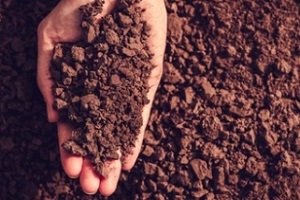 Soil is not a single material; in fact, dirt can be made up of a wide variety of things, not all of which are ideal for your project. Most soil is going to come in some combination of sand, clay and silt. Balancing how much of each is in your fill dirt will inform how your fill project turns out.
Soil is not a single material; in fact, dirt can be made up of a wide variety of things, not all of which are ideal for your project. Most soil is going to come in some combination of sand, clay and silt. Balancing how much of each is in your fill dirt will inform how your fill project turns out.
For example, if you choose fill dirt that is heavily clay based, you can expect the soil to hold onto water longer than you may want. Sand-forward soils may not keep the shape that you intend. Be sure to work with the experts to locate the ideal soil grade for your task from among the twelve classifications provided by the USDA:
- Clay
- Silty clay
- Sandy clay
- Silty clay loam
- Clay loam
- Sandy clay loam
- Silt
- Silt loam
- Loam
- Sandy loam
- Loamy sandy
- Sand
Hydrologic Soils
Another element of fill dirt is how much water it holds. You can determine this behavior based on its USDA grade, with features categorized into four groups ranging from A to D.
Group A is made up of sandy soils. Water can infiltrate Grade A soil easily, even once it has become completely saturated and has low potential for runoff.
Group B fill dirt is the loam-forward variety. It can be coarse, which means that it does not behave as uniformly as sandy soil when it comes to water. However, it still has a moderate infiltration capacity.
Group C is made of sandy clay loam specifically. This grade of fill dirt will not absorb water well, which makes it less ideal for large projects such as regrading because it will contribute to puddles and standing water. However, it is ideal for other uses, such as keeping water away from structures.
Group D is focused around the other clay grades. Clay is very impervious to infiltration, which makes it a frequent choice to surround wells and underground construction.
Other Systems: USCS And AASHTO
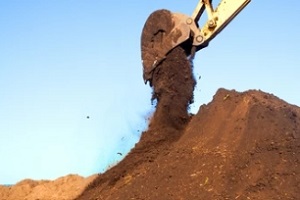 The systems above are the most common for understanding how dirt is graded based on its function. However, other systems are also occasionally used for niche purposes. The Unified Soil Classification System is used by geologists and engineers to clearly communicate the grain size of soil.
The systems above are the most common for understanding how dirt is graded based on its function. However, other systems are also occasionally used for niche purposes. The Unified Soil Classification System is used by geologists and engineers to clearly communicate the grain size of soil.
The American Association of State Highway and Transportation Officials has their own system that also measures the grain size of soils, preferring granular materials over silt materials for road construction.
Trust A Reputable Vendor To Supply The Fill Dirt You Need
Whether you are ready to get started on a project that requires fill dirt, or you are still in the process of selecting the right product, make sure you source it from a reputable supplier. The quality and grade of the dirt you select matters, so trust the experts. The professionals at Barclay Earth Depot would be happy to answer any questions that you have or help you get started with an order. Contact Barclay Earth Depot today.
